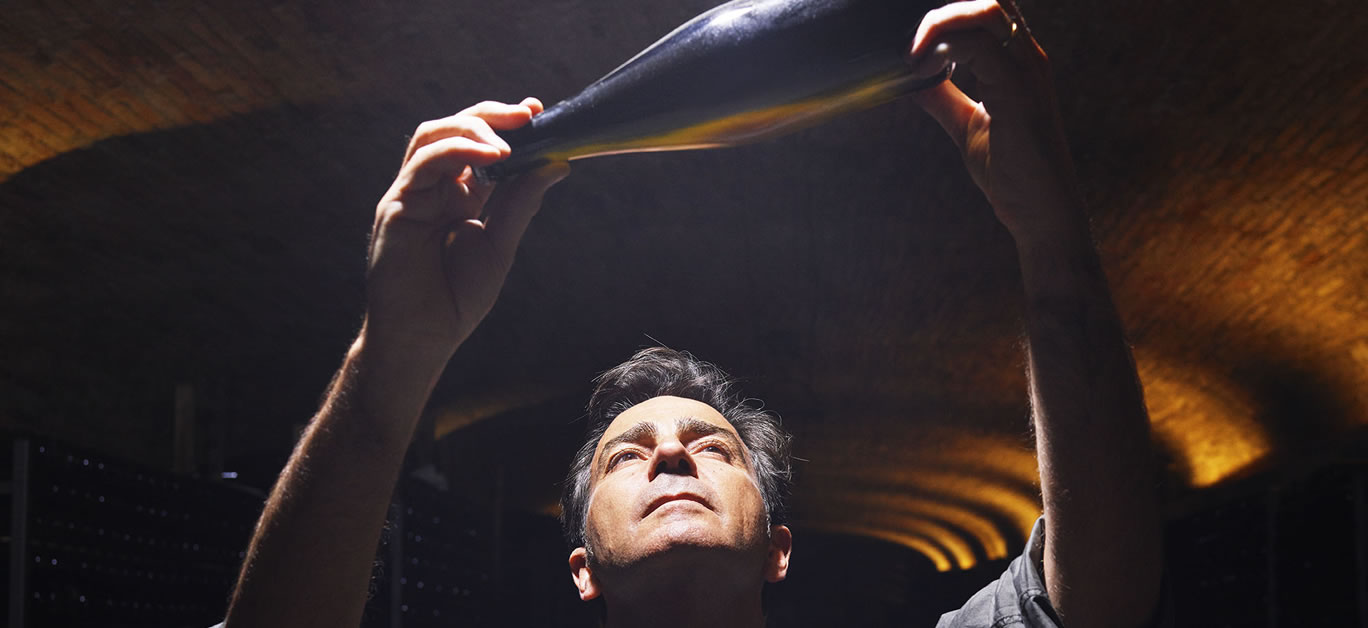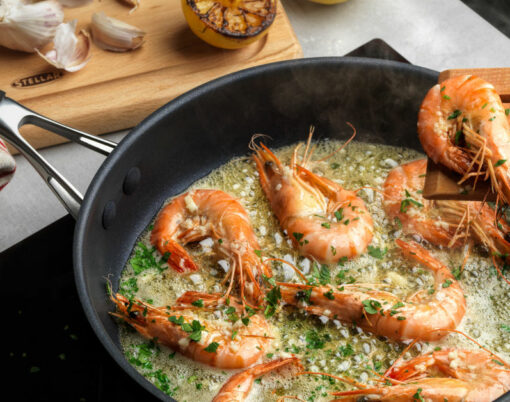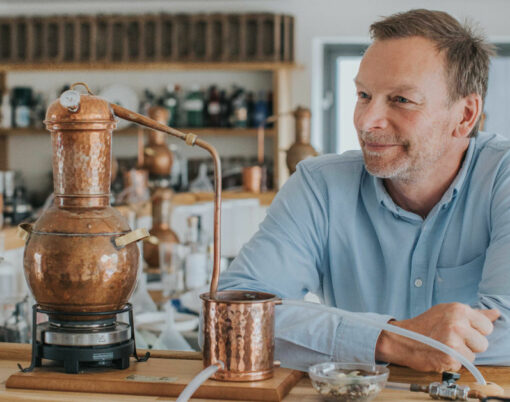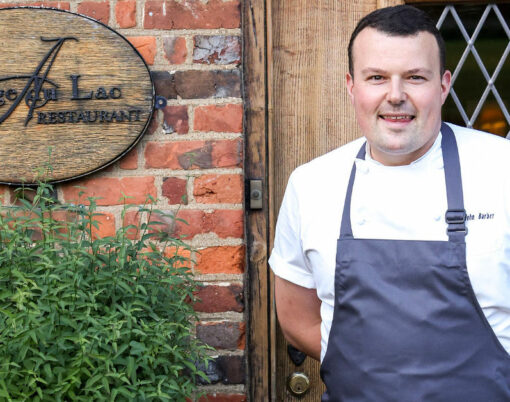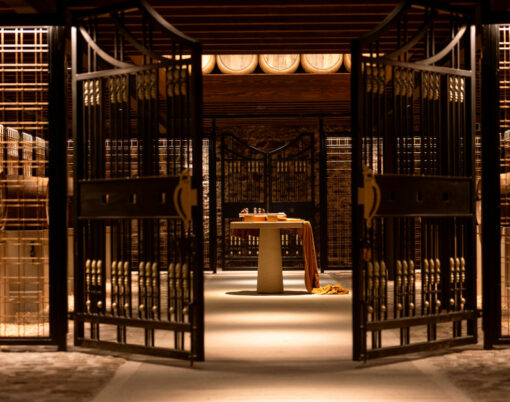The centrepiece of the Celler Jaume in Sant Sadurni d’Anoia is a giant, white-topped desk, and every day, when he comes into work, Bruno Colomer expresses himself all over it with variously coloured marker pens. On it , he says, “he plays”.
He creates and hones his works of art which, at the end of every day, are erased by the cleaners. Sometimes he does it himself in temper, when he has got something wrong.
The desk is a XL memory pad as well as a laboratory blackboard. It is where he makes his plans, works out his calculations, writes down satellite data, weather forecasts, expected day and night-time temperatures. He covers it with equations and formulas like arel-lo + macabeo + parellada. Occasionally, the letters ‘repat’ appear.
The desk is the hub of Ravenos Codorníu’s oenological innovation, research and experimentation centre in Sant Sandurni d’Anoia, forty-five minutes by car from Barcelona.
Bruno uses the desk to plan precision viticulture, his strategies and tactics. On it, he laboriously works out the meticulous balanced pressing, and the first and second fermentation ageing needed to create the world’s most famous Cava sparkling wines.
He also uses it for his garden design, for his Barcelona home and the one in the Codorníu winery in the Penedes countryside, in Catalonia’s coastal hills. He must be one of the only oenologists who is also his winery’s head gardener.
Bruno comments: “A garden design must take into account that the garden must be enjoyed for twelve months. Every season has its particulars so we need to plan bearing in mind colours and aromas. The same thing happens with Cava. It has to be enjoyed all year and has its nuances. Colours, aromas and the pairings, moments and company.
“Cava is the only drink when you uncork it which brings smiles into people’s faces. Any moment is perfect to celebrate. My favourite pairings are simple. With sardines or a green salad.”
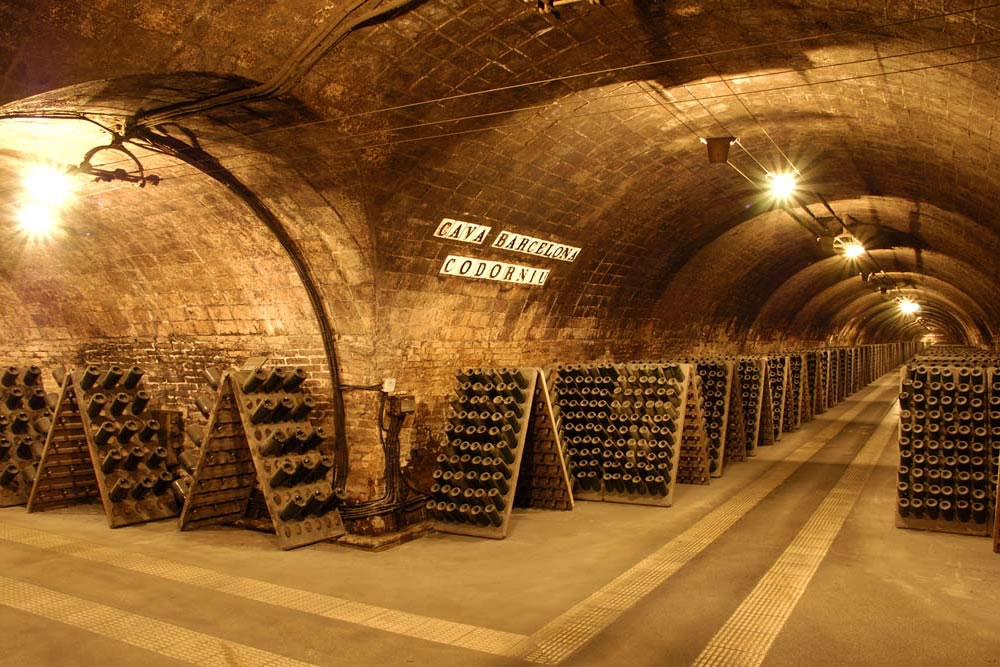
Born in Sant Cugat del Vallès in Barcelona, Colomer has a degree in agricultural engineering from the Polytechnic University of Catalonia and completed his training with a Diplôme National de Oenologie from the University of Burgundy in Lyon, France.
“In those days, Spain did not have any wine schools. I had a very good teacher Juan Jose Castro, who was the cellarmaster at Codorníu! From there, I started working in Mont Ferrant in 1996,” he explained.
After working as technical director at Heretat Mas Tinell in the Penedes, in 2008 Bruno Colomer joined the company now headquartered in Haro, Rioja with its famous Cava winery in the Catalan Alt Penedes. Codorníu produce 30-something-million bottles a year from its 2,500 hectares of vineyards, which supply half of its needs. It has pioneered modern Cava making.
The first Cava containing chardonnay appeared in 1984. In 2001, the first rosé Cava made with pinot noir was released and the first blanc de noirs using pinot noir in 2008.
Founded in 1551, Codorniu produced the first bottle of Spanish Champagne-style sparkling wine made by the traditional method, combining the local Penedès grapes varieties, xarello, macabeo and parellada.
Three Cavas from the prestige collection, Ars Collecta Codorníu, created by Bruno Colomer in the Celler Jaume, have received major recognition in the Bacchus Awards. Ars Collecta Jaume Codorníu 2014, which pays homage to the origins of Cava, received the maximum distinction in the contest, a Bacchus Grand Gold. “Its select coupage comes from the oldest vines, a blend of the best pinot noir, chardonnay and xarel,” says Colomer.
Ars Collecta Grand Rosé 2017 is comprised predominantly of Pinot Noir, and Trepat and Xarel·lo. As with Blanc de Blancs the wine spent 35 months in contact with lees before disgorgement.
Bodegas y Viñedos Codorníu Raventos has been making wine for over 450 years, making it the oldest family business in Spain, and one of the oldest winemakers in the world. The company has 15 wineries in Spain, Argentina, and California and is also proprietor of 3,000 hectares of vineyard.
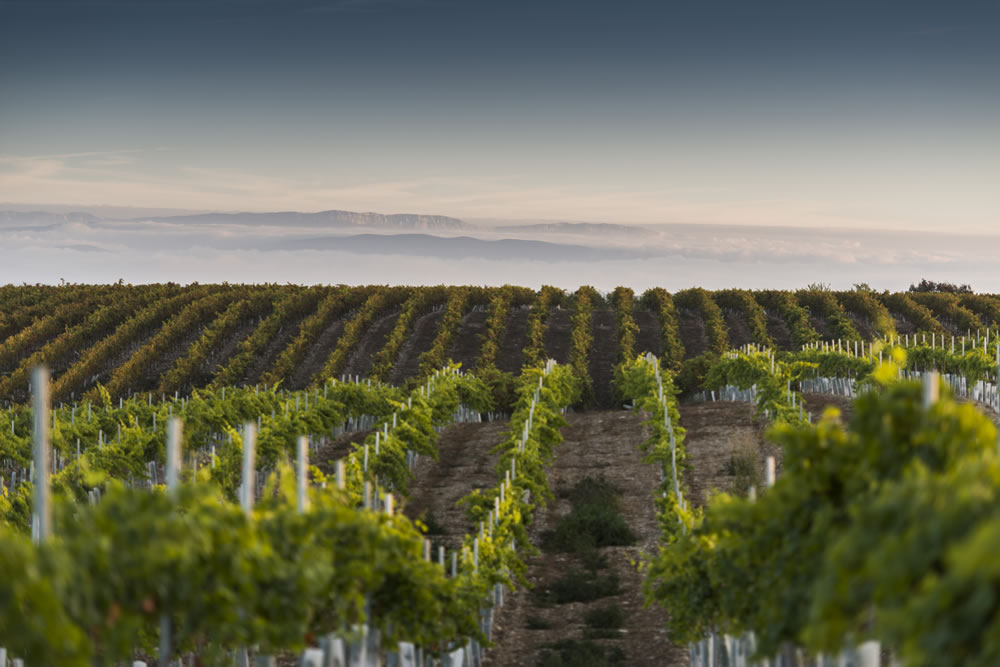
The Codorniu building was declared a ‘National Historic Artistic Monument’ by King Don Juan Carlos in 1976. The ‘noucentisme’ (Nouveau Art) , dating back to 1895, were designed by modernist architect Josep Puig i Cadafalch, perhaps the most prominent Spanish architect of the time after Gaudi. The caves stretch over five floors and 50m underground, keeping the ageing Cava at a consistent temperature.
The caves are so extensive that the long hallways have street names and there’s a little train to ferry visitors. Bruno spends much time wandering the streets of Buenos Aires, Montserrat, Tarragona and Barcelona.
Colomer’s trusted assistant is Laura Tragant. She grew up in Barcelona in a family with little interest in wine and studied agricultural engineering at the Universitat Politècnica de Catalunya in Barcelona and then oenology at the Universitat Rovira i Virgili in Tarragona .
Bruno is especially proud of his team’s many achievements in the last three years. He tells me: “Our capability to vinify grapes from many different origins separately. Working with such big volumes of fruit. The use (and prevention) of malolactic fermentation according to wine styles and the definition of wine styles for different labels and finally, being able to make Cavas whose youth can be retained over time.”
At 170 Euros a bottle, the oldest Cava that Codorníu sells is Ars Collecta Codorníu 459 2010. The latest Cava to be launched on the market was Codorníu Ars Collecta Josep Raventós Gran Reserva, a Cava that pays homage to founder, Josep Raventós Fatjó. Bruno explains: “It’s a very special Cava made from a selection of pinot noir, chardonnay, xarel-lo, parellada and macabeu grapes from the 2015 vintage, one of the best in recent years.”
Cava has had its own Denominació d’Origen since 1986. Three years earlier, Anna de Codorníu was born, in homage to the ‘farmhouse aristocrat’ who married Jaume. It is Spain’s most popular Cava.
Bruno said: “We wanted to create a Cava that really embraced the style of Anna. Anna Blanc de Blancs is a refreshing and fruit-driven Cava. Aged for 15 months, it offers a great combination of fruitiness and vivacity, creaminess and complexity. It’s a real gourmet Cava and good for accompanying a menu from start to finish, from sautéed vegetables to seafood and grilled meats to desserts.
“Codorniu is unique because it offers the chance to have total control over a Cava’s creation from the vineyards, from the very beginning. We create all of our Cavas using grapes from our vineyards. We have over 3,000 hectares of our own in three different subregions, each with different soils and climates.
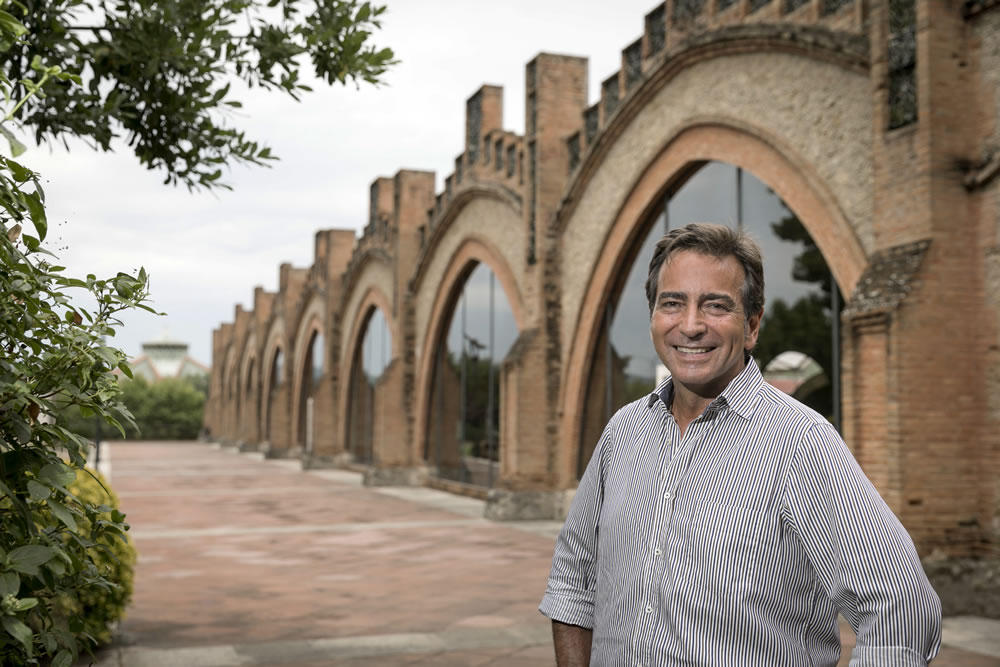
“This is amazing, because it means we can create Cavas with different styles from three terroirs and three zones (Do Costers del Segre, Do Comce de Barbera and Do Penedes). Three is a magic number for us.”
Codorníu also produces a selection of single-vineyard wines that hold the rare Paraje Calificado qualification, reserved for exceptional Cavas from a single area of remarkable terroir. Of 15 Cavas that hold this title in Spain, three are from Codorníu: the El Tros Nou made from pinot noir grapes, La Pleta made from chardonnay, and La Fideuera made with xarel·lo.
But Cava isn’t all Codorniu and Freixenet (Est. 1861). There are also Sumarroca, Caves Ferret, Juve y Camps, Castell d’Olerdola, Nadal, Torello, Huguet-Can Freixes, and Can Descregut and the collective EU brand, Corpinnat (the heart).
Cava does not appear on any labels. Although the wines are all made in the Corazón del Penedès.
Recaredo, which goes back to 1924, is the region’s first producer to obtain Demeter’s international certification for biodynamic viticulture using horsetail, chamomile, nettle and yarrow to control fungus.
Bruno explains: “All our wines will be organic by 2024. We didn’t have enough land before. We are perfecting the art of the Cava. It’s the continuation of a long tradition of creativity and excellence over eighteen generations.
“I don’t like sulphites but we need them. We are working on making a Cava without them. We already make a non-alcoholic expression. Talking about Codorniu you talk about tradition and innovation. I think we are making the best Cava in Cava history. But to perfect our beads and our perlage, every day we go back to the blackboard!
“I couldn’t function without mine. After spending years working with grapes and vines I still can’t draw one properly! My vines and mountains are pretty bad too. I laugh when people call me an artist!”
All imagery supplied by Codorníu












